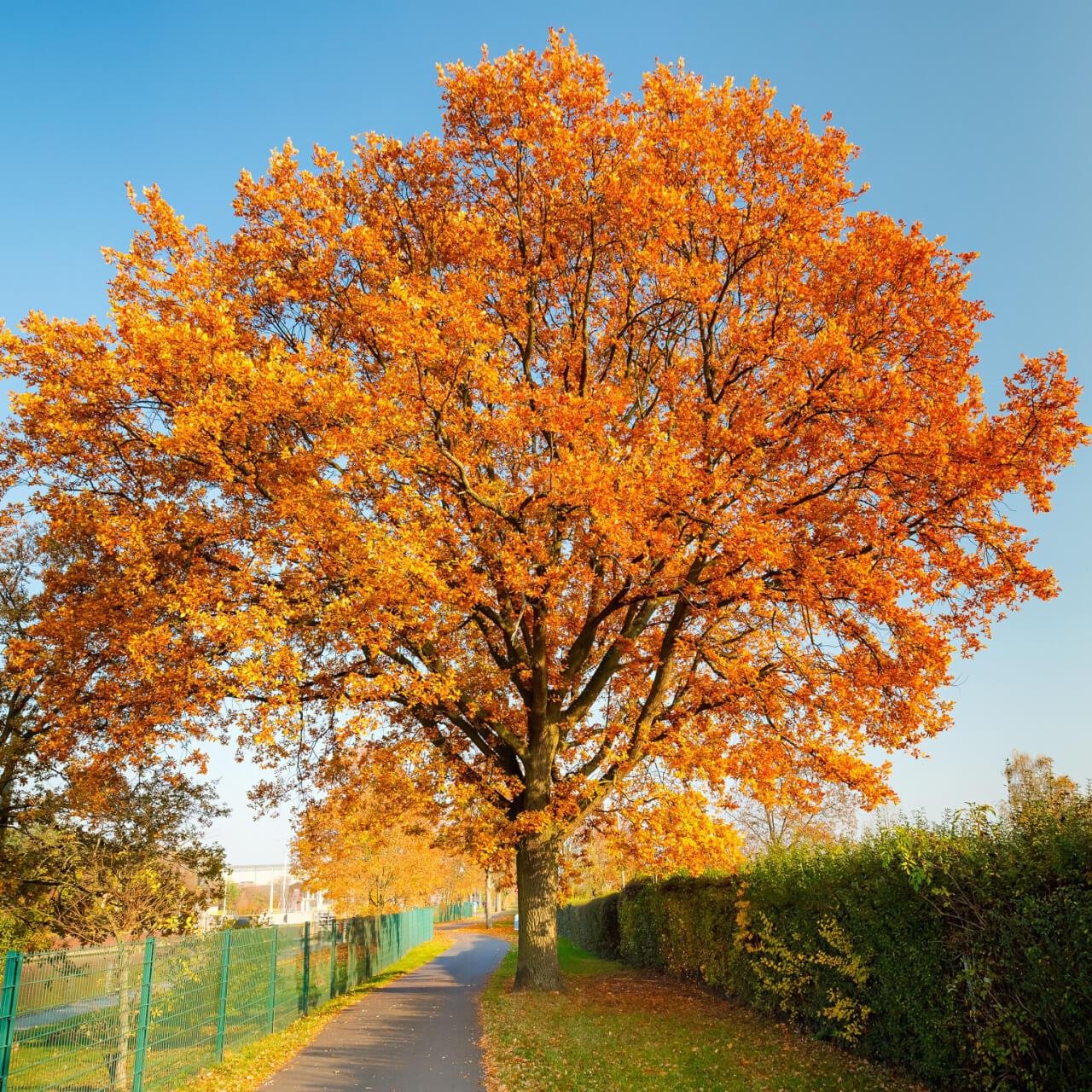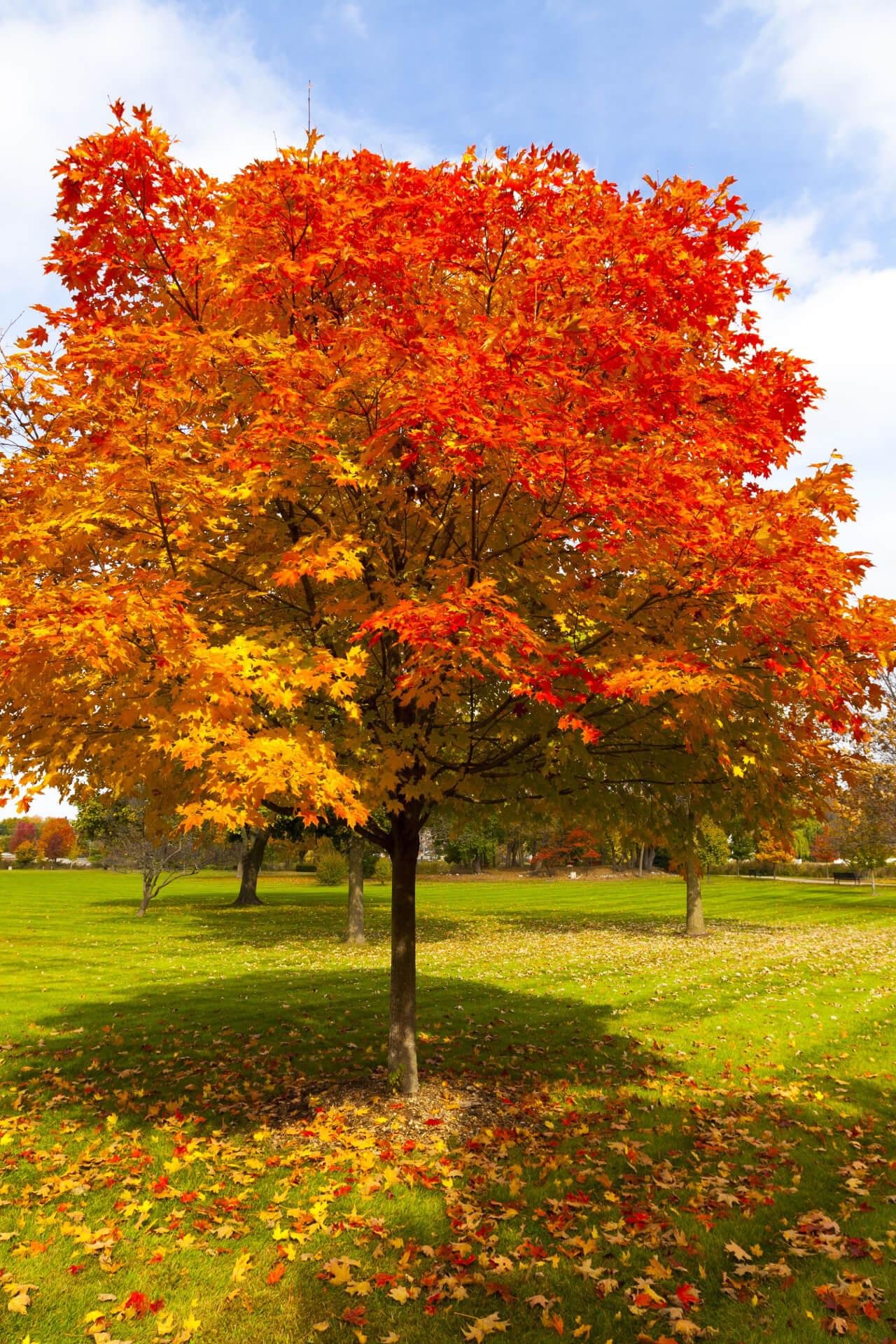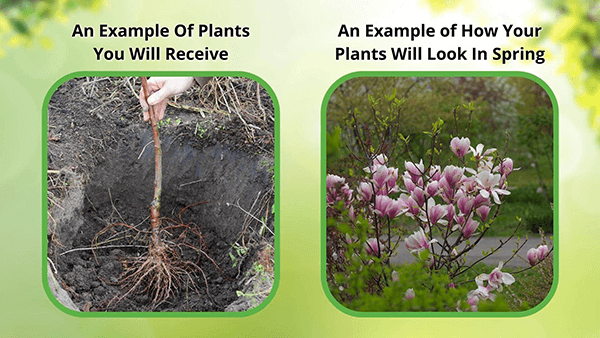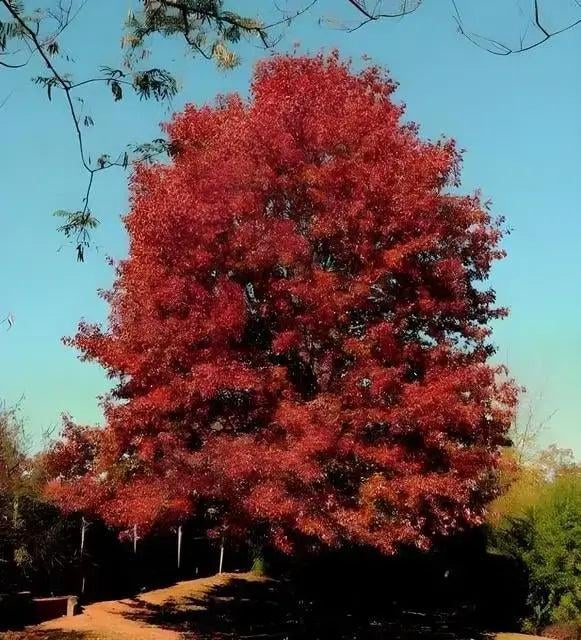Red Oak Tree: Quercus Rubra
The Red Oak Tree has a tall and robust trunk, spreading branches, and vibrant foliage that add a sense of grandeur to any landscape. It is a magnificent choice for landscaping due to its numerous benefits that enhance outdoor spaces' visual appeal and ecological value. Its stately presence and adaptability make it a sought-after option for various landscaping projects.
It is a tall species you will notice on your property or the surrounding landscape. This tree offers several benefits for most landscapes, including stabilizing soil and attracting birds and other species.
What Does a Red Oak Tree Look Like
This plant can grow up to 75 feet tall and about 60 feet around. As with similar plants, it will have a canopy of green leaves throughout the spring and summer months that will turn various hues, such as orange or yellow, in the fall. The leaves will come off in the fall, and you may also notice acorns landing on the ground in the fall as well.
Red Oak Tree Attracts Wildlife
The acorns serve as sustenance for squirrels and other animals that need a store of calories over the winter. In return, the animals scatter the acorns throughout your property or a given area so that these trees can grow unimpeded by the competition.
It Proliferates and Has Strong Roots
One of the primary benefits of having this plant on your property is that you won't have to wait years for it to reach maturity. Instead, it can grow several feet yearly and start creating acorns in less than a decade. As the plant grows, its root system will grow deeper into the ground, which can help to lap up excess moisture or anchor the ground where it is. This can minimize the risk of a landslide or other forms of erosion from eating away a vulnerable landscape. The root system typically grows about 20 feet, assuming it has the space to do so.
It is Resistant To Pest Damage
Another positive attribute of Red Oak
Tree is that it generally does an excellent job resisting pest damage. This means you can expect it to reach its entire lifespan of about 300 years. Its long life also means that several generations will be able to benefit from your work, and it also means that it can produce thousands of acorns during its life.
Despite its light coloration, it is an excellent source of timber for furniture making, cabinetwork, flooring, and construction owing to its strength and workability. It is a fast-growing plant that gives good fall color, which makes it suitable for use in landscaping and as shade trees.
What are the benefits of the leaf?
It in particular, contains a large amount of tannins, which act as anti-inflammatory and antimicrobial agents. Previously, its leaves were employed for a healing effect with fever, wounds, and skin diseases; however, the scientific evidence for this action remains limited.
What is the difference between the leaves?
It is acutely lobed at the tips, while black is rounded with deeper notches in between. It also has angular faceted margins of the leaf compared to black, which has smoother margins.
How Long Does It Take To Grow One
This species has an estimated life expectancy of 300 years, and for the first five years of the tree's life, it grows very fast and matures slowly throughout the rest of its life. Due to their extended lifespan and big size, they provide long-term additions to any landscape.













